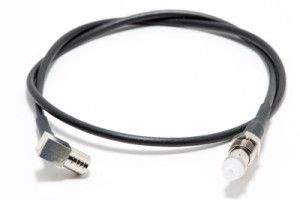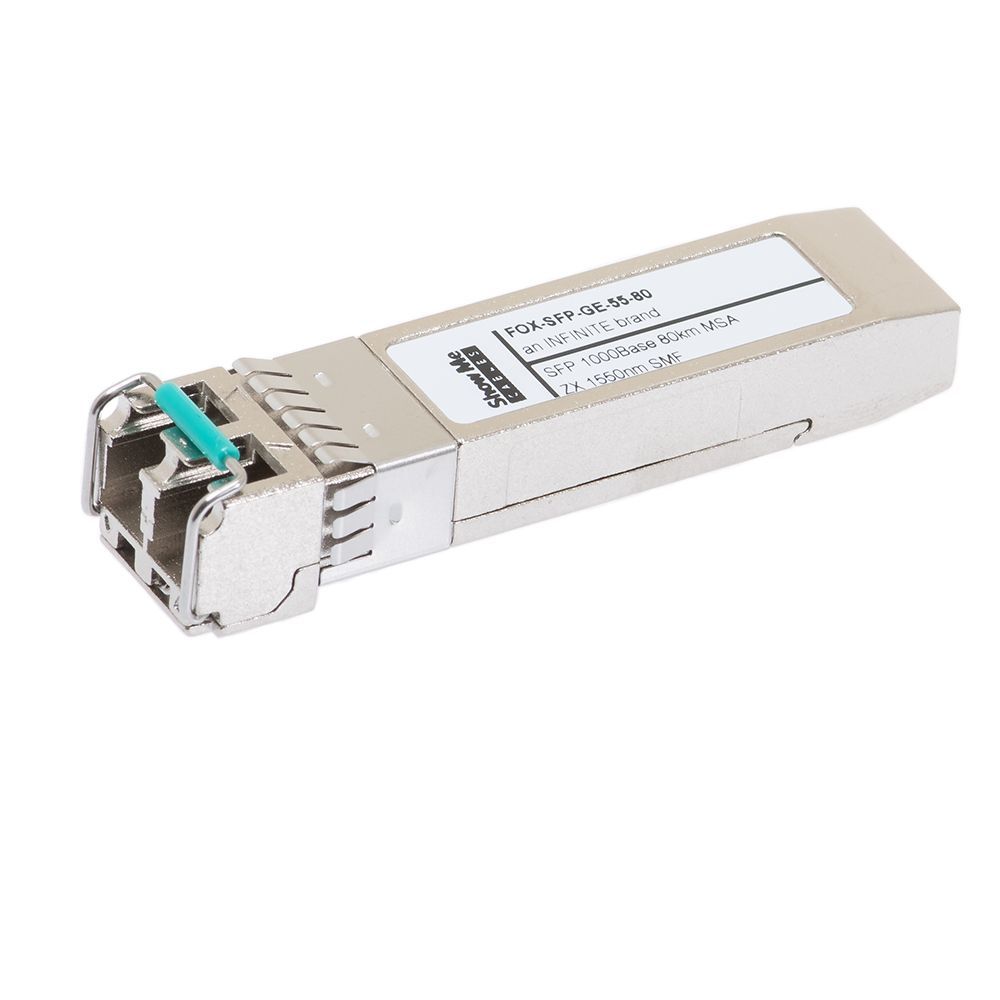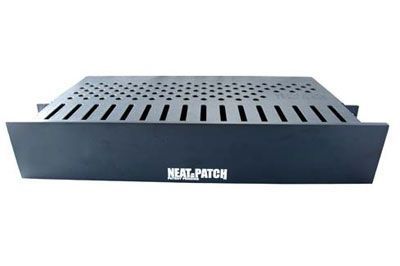Steve Bowman
-
Posted: November 08, 2021Read more »

If you Google “Ethernet cables” you’ll get about 5 million hits. It’s no wonder that shopping for Ethernet cables can be confusing. But if you simplify the cables down to their main differences, it’s much easier to choose the one that’s best for your use.
This blog post explains the chief differences among the cable categories. But instead of trying to cover everything from Cat1 to Cat8, we discuss only the four categories used most in office networks, data centers and residences: Cat5e, Cat6, Cat6a and Cat7. We conclude by clarifying some of the choices you might also have to make about cable jacketing types and their burn ratings.
Cable Categories
In each Ethernet cable category below, we discuss the four most important features that delineate one category from another. The first is a cable’s maximum data rate, which is measured in megabits or gigabits per second. The second feature is the longest distance it can maintain that data rate. The third is a cable’s bandwidth (in megahertz), which basically determines how much data can be transferred at any one time. The fourth feature is whether or not the conductors are shielded − with unshielded cables being more flexible and thus easier to install, and shielded cables offering more protection against electromagnetic interference (EMI).
Cat5e cable is the minimum standard unshielded twisted pair cabling used for LAN drops. It is used in 100Base-T Ethernet. It has a bandwidth of 100 MHz. Its maximum data rate and distance are 1 Gbps at up to 100 meters, a big upgrade over the 100 Mbps rate of Cat5.
-
Posted: October 21, 2021Read more »

The word “custom” sounds expensive. Often it is. A new Porsche 911 S Exclusive is not cheap, but if you want one with a custom “python green” paint job, it’s an extra $98,000. Examples like that might make one wary about going the custom route.
One reason more people don’t buy custom cable assemblies is that they think they can’t afford it. While it’s true that nonstandard assemblies can be pricier up front, they can save you money in the long run. This blog post points out three ways you can come out ahead with custom cables.
Longer Lasting
Going custom means choosing a cable and connectors that were specifically designed for a certain purpose. When your installation operates within the electrical parameters, tolerances and environmental conditions it was intended for, it will perform better and last longer. Less maintenance will save you money.
Less Waste
When you have cable cut to the exact length you need, none is wasted. You’re not left with yards of cable you might never use. There’s no excess slack that can get tangled with other cords and requires you to buy more cable management products. Cleaner installations take up less room, allowing you to better utilize space. Also, at ShowMeCables there’s less waste with custom because there are no minimum order requirements − you don’t have to buy five or 10 just to get one.
Less Labor and Time
Saved time is saved money. One feature of custom cable assemblies is that you can specify what color you want it to be, and/or have special labels printed on the connectors. Both options make it easier and less time-consuming to identify cable when you troubleshoot a connection problem or have to add, remove or reroute wires from a bundle. This also eliminates the labor and time of applying labels yourself.
Speaking of time savings, some types of custom cable combine multiple functions within one jacket, which saves y
-
Posted: September 30, 2021Read more »

It’s no mystery why fiber optic technology has grown in popularity since it was introduced in the 1970s. Sending data via infrared light pulses on a fiber line, rather than electrically over copper cable, allows the transmitting of more information faster, over longer distances and with no threat of electromagnetic interference. That’s why it is often the choice for systems that demand high bandwidth over long distances, as well as short distances with large bandwidth requirements such as data centers.
But not everybody understands the crucial step onto and off of the fiber optic superhighway – the fiber optic transceiver.
A fiber optic (or optical) transceiver serves as both a transmitter and a receiver. It is a small device that is plugged or embedded into another device within a data network. At the on ramp, it converts an electrical signal from a switch or router to an optical (light) signal. At the off ramp, it converts the optical signal back to an electrical signal.
This blog explains some of the main terms you will encounter while shopping for optical transceivers.
Form Factors
A form factor indicates a transceiver’s shape and size. So that transceivers from different vendors are compatible, most manufacturers design them based on the same set of standards, known as the Multisource Agreement (MSA). We recommend you use transceivers that are MSA compliant.
Some common form factors include GBIC, SFP, SFP+ and XFP. Which type you should use depends on the speed, throughput and distance you need to achieve.
Though many GBIC and SFP transceivers perform equally, SFPs are generally considered an upgrade. The SFP’s design is based on the GBIC but it is smaller and allows the placement of more transceivers per inch on a motherboard. Ideal for data communica
-
Posted: September 23, 2021Read more »

We’ve all seen the equipment rack or IT closet that lacks cable management. Confusion reigns, as masses of wires run in all directions and every patch bay looks like a rat’s nest. You feel sorry for whoever must go in and install or re-route cables or troubleshoot wiring problems.
The good news is that wire routing is a universal challenge, so there are products to tame the cable confusion. In fact, there are hundreds of cable management items to choose from, so let’s simplify things. Most of them can be divided into three groups: rack and cabinet attachments, cable routers along walls and ceilings, and ties and straps for bundling.
Rack and Cabinet Attachments
A well-organized equipment rack or cabinet usually has a few attachments for ordered cable routing. We touch on a few of the most popular devices here.
A cable manager is a housing that mounts either inside or just outside of a rack to hold and direct cables. A horizontal manager mounts inside, taking up one or two RUs (rack units). Some have built-in D-rings (distribution rings) to secure cables. For more permanent installations, another type of horizontal manager uses cable trays with finger ducts to direct cables. A particularly innovative tray for taming patch cables on the front of a rack is the two-RU Neat-Patch Cable Management Bay.
Vertical managers are designed for cables that need to run the length of a rack or cabinet. The openings are fairly large, and each opening is able to accommodate a sizeable number of Ethernet cables. One t
-
Posted: May 21, 2021Read more »

When you’re charging a phone or tablet you typically don’t need to go too far. Cables ranging from 3ft to 6ft get the job done at a comfortable length. But when the printer is on one side of the room and your desktop is on the other…you may run into some problems finding a reliable cable to go the distance.
Run of the mill “passive” USB cables have a distance limitation of 16.4 feet, or 5 meters, which poses a problem if you don’t have the flexibility to move your devices and peripheral equipment closer to your central workstation. This distance is a specific length, so most passive USB cables you’ll find will top out at 15ft, and there is no way to daisy chain multiple passive USB cables to surpass this limitation.
Fortunately, there are a variety of “active” cables and USB extenders to help overcome this distance limitation and prevent a total overhaul of your workspace to stay connected.
Active USB Extensions
These cables are built with an internal “booster” to transmit USB signal beyond the 15ft limitation. Most active USB extension cables fall in the range of 16ft-80ft. At this range they can be BUS powered, so there is no need for an additional power cable, which is great for plug-and-play applications or in areas where you don’t have plug-in access for an external power cable.
Active USB extensions also come in a plenum jacket rating for more permanent installations that may need to run within walls and through plenum air spaces without the need for conduit.
USB Extenders
When an 80ft run with an active USB extension cable still won’t go the distance, USB extender baluns utilize the much further distance capacities of ethernet cables (specifically Cat5e and Cat6) to extend USB signals 150ft-200ft. These extender baluns are also plug and play and BUS powered, so it’s a quick and cost-effective way to surpass even the 80ft distance limitation of most active USB cables.

